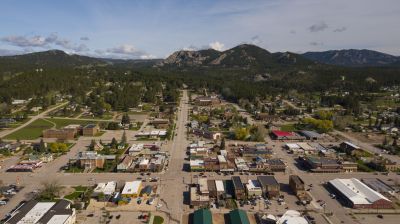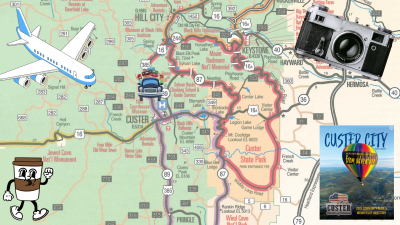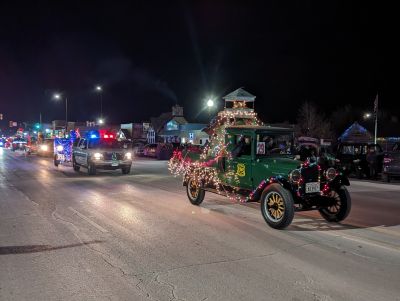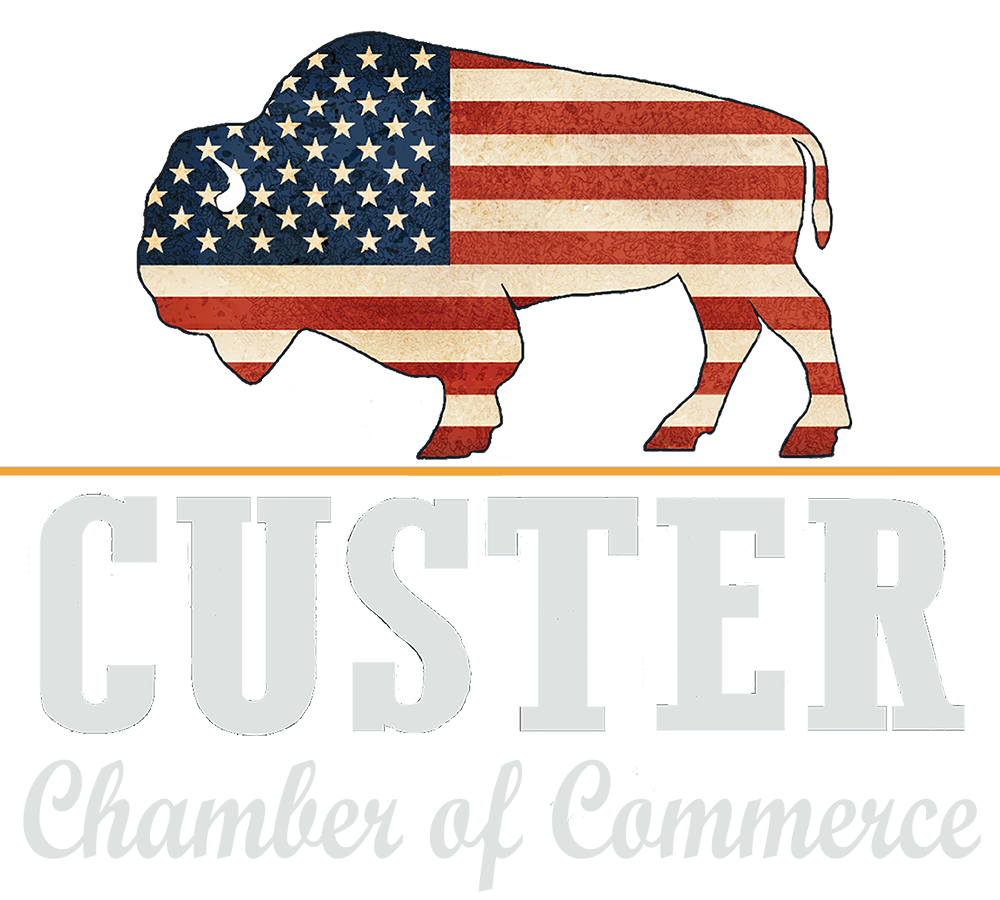| Custer City Tidbits Written by Fred Baumann March 25, 2019  Here are a few interesting tidbits about the City of Custer that you may not know! These might make for a fun game to play while on a road trip! | BRIDGES OF CUSTER COUNTY March 27, 2024 Groundhog Day! Written by Andrea Spaans February 1, 2024  Plan for Vacation Day Written by National Day Calendar January 29, 2024  Christmas Lights December 20, 2023 Holidays in the Hills November 22, 2023  |

|
||||
|
|
||||




